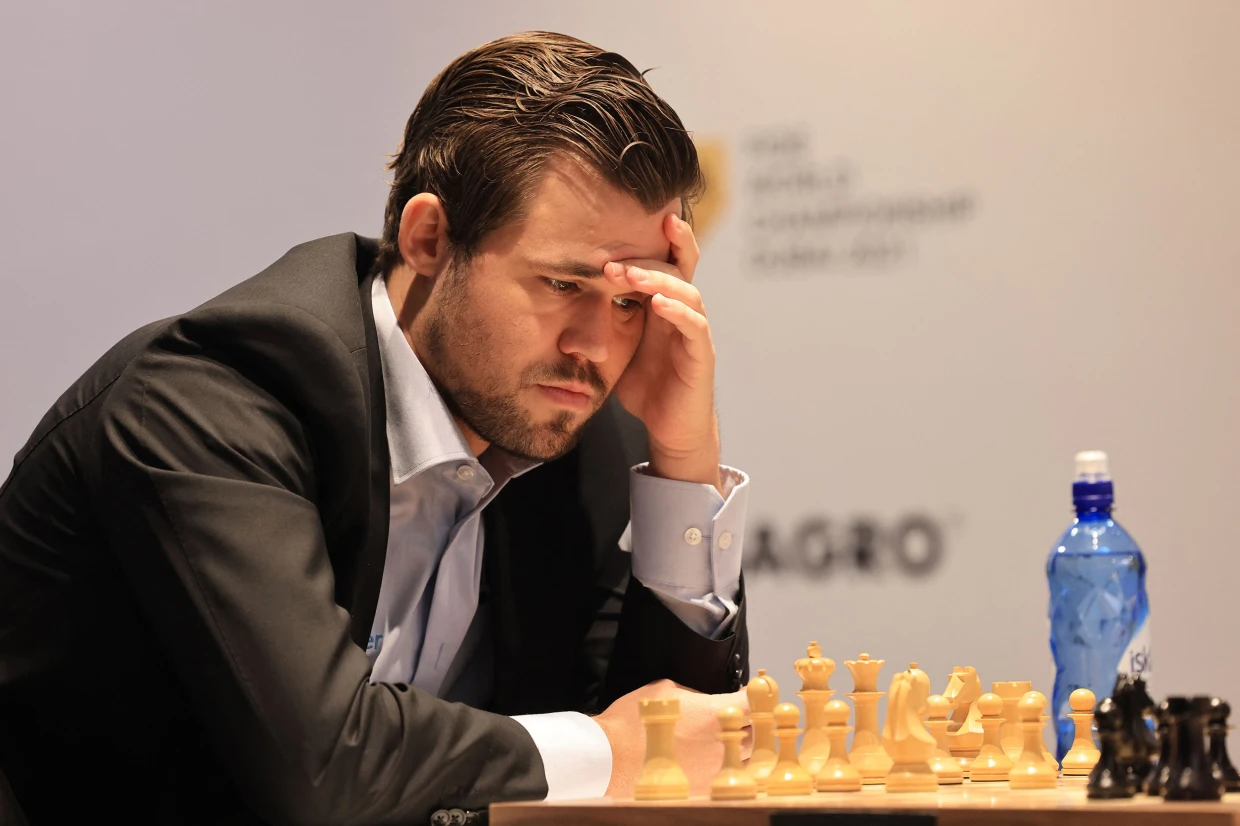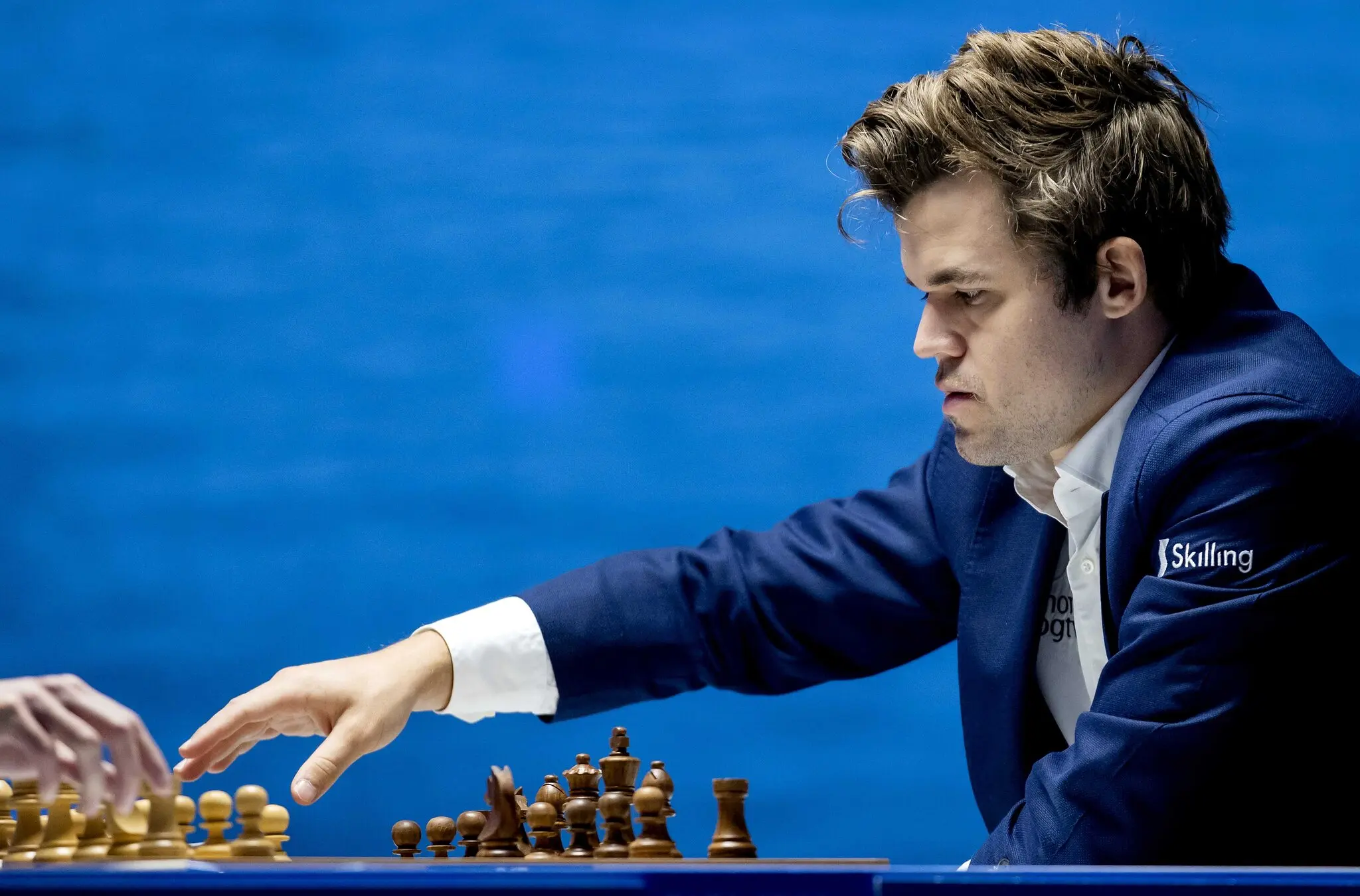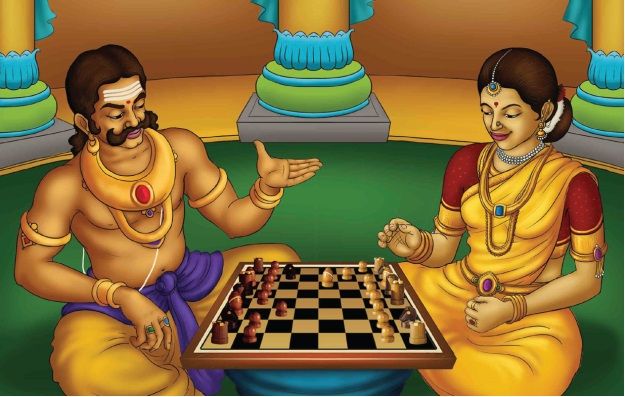PROVIDENCE — Over the last decade, India’s political and economic progress has faltered. Its once-plausible aspirations of becoming a global power on par with China now seem fanciful. The COVID-19 pandemic has taken a devastating human and economic toll. In such circumstances, sports can be a national balm.
This year’s Tokyo Olympic Games brought a slight reprieve. India took home its first gold medal in track and field, achieved a partial return to past glory in men’s field hockey, and saw its women’s field hockey team display heart-wrenching grit and determination, even as it fell short of winning a medal. Ultimately, though, a ranking of 48th in overall medals, for a country with 1.4 billion people, only reinforced the sense of underperformance.
Against this backdrop, a game of the mind may be one of the brighter spots. India is quickly becoming a legitimate global chess superpower, leading the United States and China on key metrics, and running neck and neck with Russia, the historically dominant chess power. Since 2012, 44 Indians have been anointed as grandmasters (GMs), the highest achievement in chess, compared to 18 for China and 22 for the US. Even Russia added just one more than India.
This is no small achievement, considering that an Indian first attained GM status only in 1988, a full 41 years after independence. Reflecting this ascendancy, the Indian team of men and women tied for first place with Russia in the 2020 FIDE Online Chess Olympiad.
Just as heartening as the overall tally of GMs is the age profile and regional distribution of India’s chess talent. Nearly half of the last 20 GMs, and some of the most promising of them, are in their teens, and several players come from outside that usually account for chess champions. Just as India’s proficiency in cricket improved as opportunities broadened beyond the English-speaking elite, chess has flourished by drawing in talent from smaller cities and towns.
Why is this explosion of talent happening now? National sporting success is not easily explained; but, in India’s case, a “superstar effect” cannot be ruled out. We can never know why 1970s Sweden produced tennis great Björn Borg, the winner of 11 Grand Slam titles. But we do know that there was an explosion of Swedish talent in subsequent decades as Borg became a role model that young Swedes wanted to emulate.
Similarly, India’s excellence in chess today is almost certainly tied especially to its first GM, Viswanathan Anand, and also to female players like Koneru Humpy. Anand came out of the blue in the late 1980s to become the world’s leading player, winning five world championships and remaining at the top, in both the traditional and more rapid versions of chess, for nearly 25 years. Humpy is the reigning women’s world rapid chess champion and was the youngest woman ever to become a GM when she attained the rank in 2002. With a lag of a decade or two, the current crop of GMs appears to have burst onto the scene as a result of the Anand and Humpy effects.
But other factors are also at play. In the pre-digital world, learning, playing, and competing at the top levels of chess often required an organisational infrastructure, not always India’s strong suit. But now, every player is connected to the Internet, and chess students can avail themselves of chess engines and databases as well as virtual access to experts. Online tournaments allow players to compete from the remotest places. As the digital revolution has unfolded, India’s hundreds of millions of young people have become a deep pool for chess talent. At this scale, the probability of producing excellent players has risen exponentially.
Another hypothesis is that the advent of sophisticated chess machines has tilted the skill set in favour of memory relative to brute calculation over the board. These machines establish winning and losing patterns of play that a player can memorise and then recall during a match. In this new era of chess, the Indian education system’s over-emphasis on rote learning may offer a distinct advantage, as it does in spelling bee contests, where Indian-Americans also tend to dominate.
But India’s chess revolution is not complete. For all of its GMs, none are in the world’s top ten, and none pose a serious threat toMagnus Carlsen, the Norwegian reigning world champion who took the title from Anand in 2013.
Moreover, there is a harsher side to the digital era’s democratisation of opportunities in chess. Indian parents have gambled their life savings to send their sons to international tournaments; girls have put aside their own dreams so that their male siblings can access limited resources; and players themselves must make hard choices between career preparation and the pursuit of the game. Even with the new digital tools, success at the highest levels requires resources and a team of other players, psychologists, managers and fitness coaches.
Most critically, while chess opportunities are expanding, there are still hard limits in place. Sadly, all of the major axes of exclusion in Indian society, group identity, geography and gender, seem to carry over into the game. Disadvantaged minorities such as the Dalits (formerly known as “untouchables”) and Muslims are thinly represented, if at all, among the top players, as are players from the poorer regions of the Hindi-speaking heartland. Among India’s expanding roster of GMs, there are only two women (whereas China has nine).
Still, India is churning out GM-level chess talent at a ferocious pace. If its problems of still-limited resources and exclusion can be addressed, its future as a chess superpower will become only brighter.
This would make for a fitting historical irony. In the twentieth-century filmmaker Satyajit Ray’s The Chess Players, two self-centred noblemen, neglecting their spouses and official responsibilities, obsessively play chess even as their kingdom is being annexed by the British. Successful colonisation is portrayed as Britain’s superior ability at the metaphorical chess game of imperial strategy. Today, in the more literal version of the game (reputedly invented centuries ago), that history is being reversed: Indians are gradually becoming the grandmasters of the world.
Arvind Subramanian, a former chief economic adviser to the government of India, is the author of “Eclipse: Living in the Shadow of China’s Economic Dominance”.










